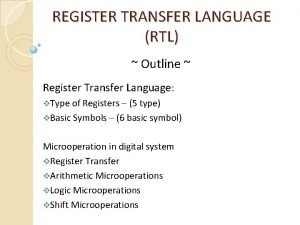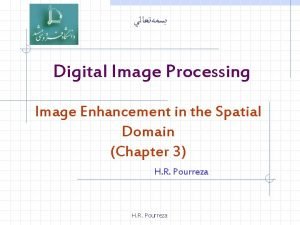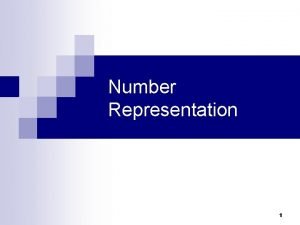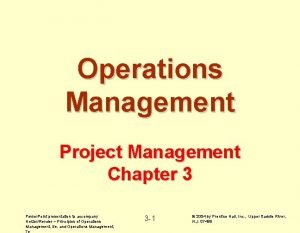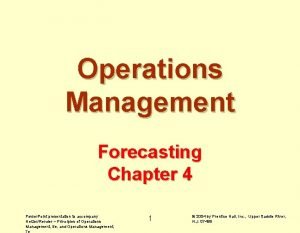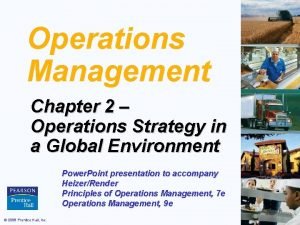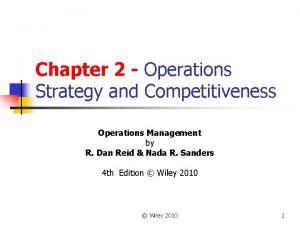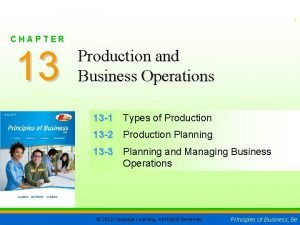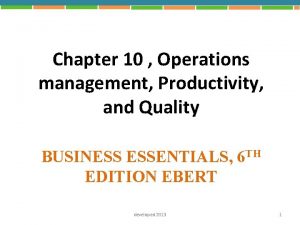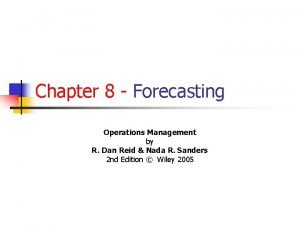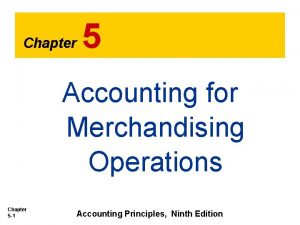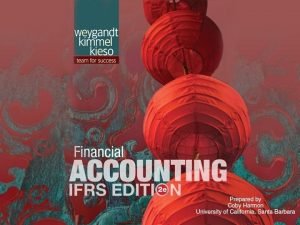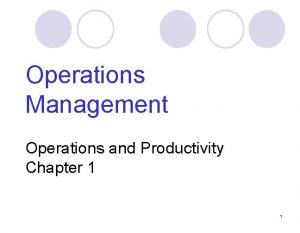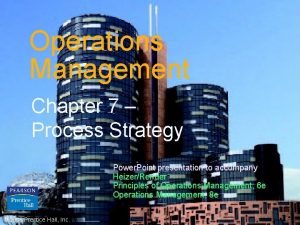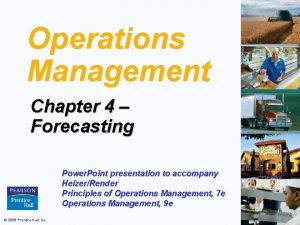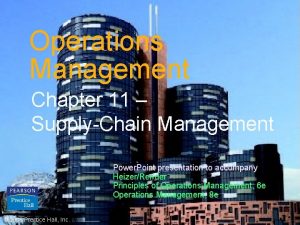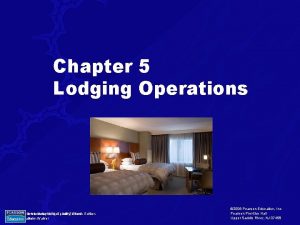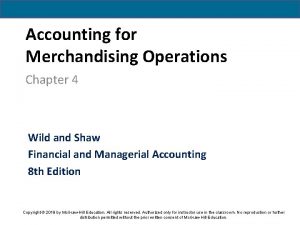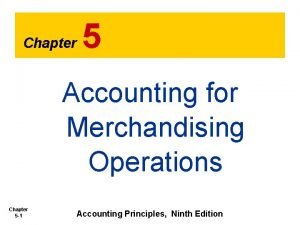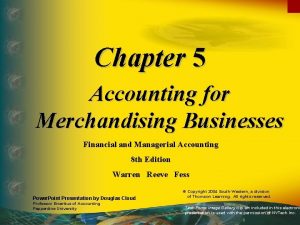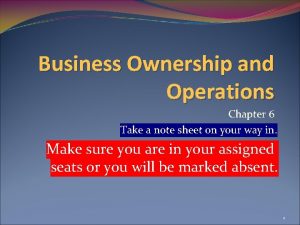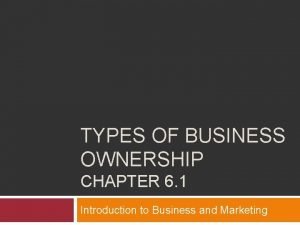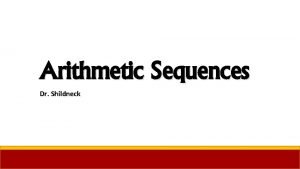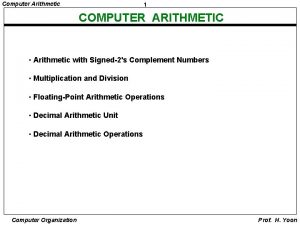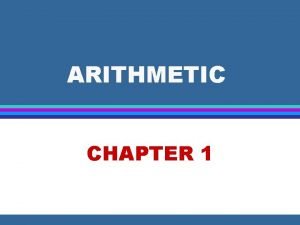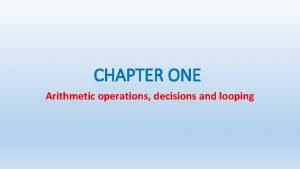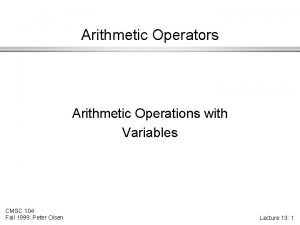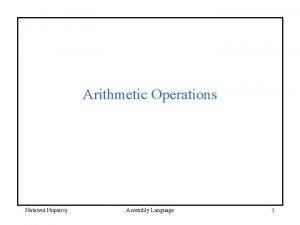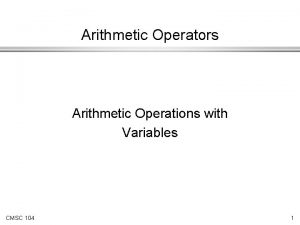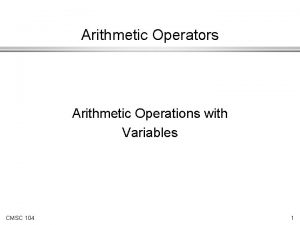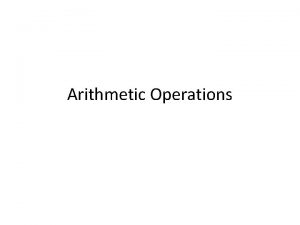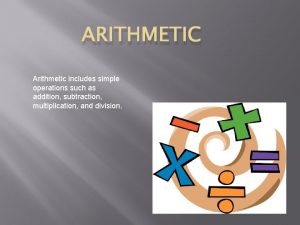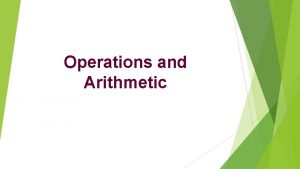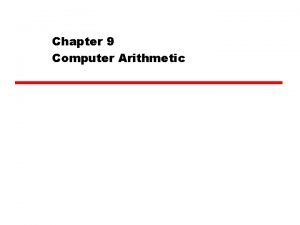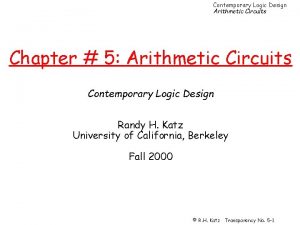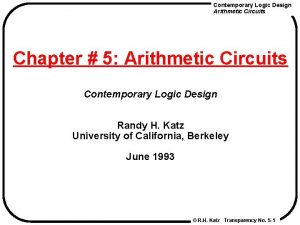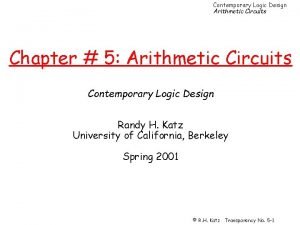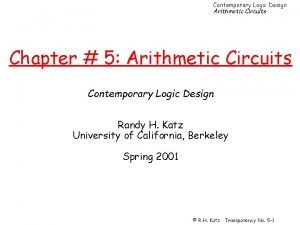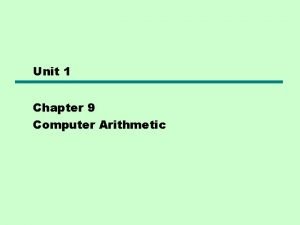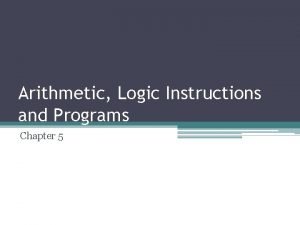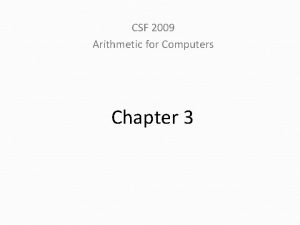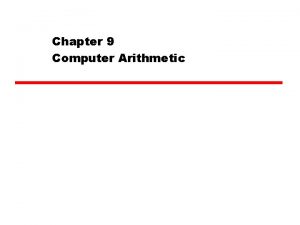ARITHMETIC CHAPTER 1 ARITHMETIC 1 1 Operations with
































- Slides: 32

ARITHMETIC CHAPTER 1

ARITHMETIC 1. 1 Operations with Rational Numbers 1. 2 Exponents, Base & Decimals 1. 3 Estimation & Decimal Operations 1. 4 Equivalence, Order & Sequences 1. 5 Percents 1. 6 Word Problems

1. 1 Rational Numbers Types of Numbers: natural, whole, integers, rational, prime, composite, fractions, mixed Addition Sign Rules: If same signs, add & keep the sign. If different signs, subtract smaller from larger and give sign of the larger.

Rational Numbers Addition continued Change mixed numbers to fractions. Find Least Common Denominators

1. 1 Adding & Subtracting 1. Remember to find common denominators first. Did you forget the 2

1. 1 Adding & Subtracting 3. It is subtraction! Subtract smaller from larger and give same sign as larger. (Thus result is negative) We need to get 4/4 from 2: 2 = 1 and 4/4

1. 1 Adding & Subtracting 4. First let us change the -(-1) to a +1 Remember: bigger minus smaller, sign bigger! (result must be positive)

1. 1 Multiplying & Dividing Multiplication & Division Rules of Signed Numbers: If same signs, result is positive. If different signs, result is negative. Multiplication of Fractions Division of Fractions

1. 1 Multiplication & Division 2 5. 1

1. 1 Multiplication & Division 7. Same signs means positive result!! Remember to invert the second fraction!

1. 2 Exponent; Base; Decimal A. Definition of Exponents Place value increases B. Place Value & Base moving left of units place, and decreases moving right of units place.

1. 2 Examples 1.

1. 2 Examples 5. Select the place value associated with the underlined digit 83, 584. 02

1. 3 Estimation & Operations A. Estimating Sums, Averages or Products: An estimate of the average is between the highest and lowest.

1. 3 Estimation & Operations B. Operations with Decimals: To add or subtract: line up dec. pts. To multiply: number of dec. places in the product is the sum of the number of dec. places in the factors. To divide: if divisor is whole number, bring decimal pt. up. If divisor is not, move decimal point as needed.

1. 3 Estimation Examples 1. If a unit of water costs $1. 82 and 40. 435 units were used, which is a reasonable estimate? (Water is sold…) A. $80, 000 B. $800 C. $8000 D. $80

1. 3 Estimation Examples 4. 500 students took an algebra test. All scored less than 92 but more than 63. Which of the following could be a reasonable estimate of the avg. score? A. 96 B. 63 C. 71 D. 60

1. 3 Decimal Examples 7. 14. 22 - 1. 761= A. 12. 459 B. 13. 459 14. 220 -1. 761 It is smaller than C. 11. 459 14. 22 - 1. 22=13 It is larger than D. 12. 261 14. 22 -2=12. 22

1. 3 Decimal Examples 10. 3. 43 x 2. 8 A. 0. 9604 B. 8. 504 C. 7. 1344 D. 9. 604 Estimate 3 x 3 = 9 Larger than 3 x 2. 8 = 8. 24

1. 3 Decimal Examples 12. A. 735 B. 73. 5 C. 7. 35 D. 0. 0735 Dividing by a number between 0 and 1 will cause the result to be larger than original number

1. 4 Equivalence; Order; Seq. Rational numbers can be written as fractions, mixed numbers, dec. or % To compare two rational numbers, express them in the same way A sequence of numbers is arranged according to some law. Look for the pattern to find the next number.

1. 4 Equivalence Examples 1. 0. 19= 19 100 % 0. 19 is not greater than 1 % “means divided by 100” 19/100 %=0. 19/100=0. 0019

1. 4 Equivalence Examples 2. 350%= A. 0. 350 B. 3. 50 C. 350. 0 D. 3500

1. 4 Equivalence Examples 92 100 3. A. 0. 92 B. 0. 092 C. 9. 2% D. 0. 92%

1. 4 Order Examples 100 5. sm 8. sm ~260 < < lg lg A. = B. < C. >

1. 4 Sequence Examples 10. Identify the missing term in the following geometric progression PATTERN: Signs alternate Thus, positive Multiply each denom. by 4 to get the next 256 x 4 = 1024

1. 5 Percents Percent increase or decrease Percent problems Real-world problems with percent R S Method T U V

1. 5 Percent Examples 1. If 30 is decreased to 6, % decrease? 4 5 5 p = 400 A. 8% B. 24% p = 80 C. 20% D. 80%

1. 5 Percent Examples 5. What is 120% of 30? 10 x = 360 x = 36 A. 0. 25 B. 25 C. 36 D. 3. 6

1. 6 Word Problems 1. A car rents for $180 per week plus $0. 25 per mile. Find the cost of renting this car for a two week trip of 400 miles for a family of 4. A. $280 B. $380 C. $460 D. $760

1. 6 Word Problems 6. Find the smallest positive multiple of 6 which leaves a remainder of 6 when divided by 10 and a remainder of 8 when divided by 14. A. 36 B. 18 C. 48 D. 53

REMEMBER MATH IS FUN AND … YOU CAN DO IT
 Rtl register transfer language
Rtl register transfer language Arithmetic operationsarithmetic operations
Arithmetic operationsarithmetic operations Mask mode radiography
Mask mode radiography Mod step
Mod step Floating point arithmetic examples
Floating point arithmetic examples Operations management chapter 3 solutions
Operations management chapter 3 solutions Operations management chapter 4 forecasting solutions
Operations management chapter 4 forecasting solutions Chapter 2 operations management
Chapter 2 operations management Role of operations management
Role of operations management Process design in operations management
Process design in operations management Chapter 2 operations strategy and competitiveness
Chapter 2 operations strategy and competitiveness Operations management chapter 2
Operations management chapter 2 Chapter 13 study guide production and business operations
Chapter 13 study guide production and business operations Operations management chapter 10
Operations management chapter 10 Operations management chapter 10 quality control solutions
Operations management chapter 10 quality control solutions Chapter 8 operations management
Chapter 8 operations management Forecasting in operations management
Forecasting in operations management Merchandise in accounting
Merchandise in accounting Merchandising income statement
Merchandising income statement Understanding foodservice operations chapter 2
Understanding foodservice operations chapter 2 Operations and productivity chapter 1
Operations and productivity chapter 1 Cross over charts
Cross over charts Associative forecasting example
Associative forecasting example Chapter 12 inventory management
Chapter 12 inventory management Chapter 11 operations management
Chapter 11 operations management Human resources and job design in operations management
Human resources and job design in operations management What is lodging operation
What is lodging operation Chapter 4 accounting for merchandising operations
Chapter 4 accounting for merchandising operations Four international operations strategies
Four international operations strategies Chapter 5 accounting for merchandising operations
Chapter 5 accounting for merchandising operations Chapter 5 accounting for merchandising operations solutions
Chapter 5 accounting for merchandising operations solutions Chapter 6 business ownership and operations
Chapter 6 business ownership and operations 6 types of business ownership
6 types of business ownership
